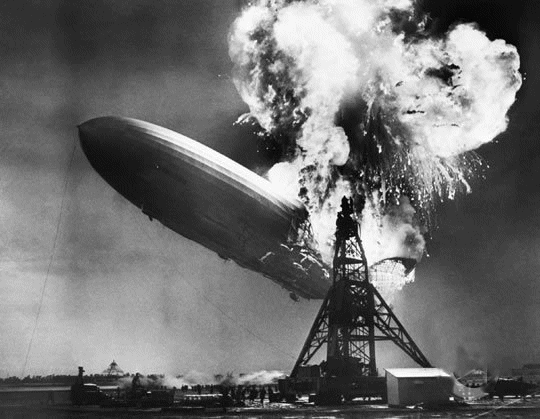 McKinsey Quarterly provided a really interesting online article incorporating a dialog with Lowell Bryan and Richard Rumelt. Lowell is a director in McKinsey’s New York office and Richard is a professor of strategy at UCLA’s Anderson School.
McKinsey Quarterly provided a really interesting online article incorporating a dialog with Lowell Bryan and Richard Rumelt. Lowell is a director in McKinsey’s New York office and Richard is a professor of strategy at UCLA’s Anderson School.
In it, Richard had what I can only describe as a brilliant metaphor to explain the economic conditions of the past several decades, likening it to the smooth ride of the Hindenberg delivered on nearly 700 voyages and then, it exploded. No economist or market analyst onboard could have predicted that the huge aircraft would one day in May 1937, explode in that infamous fireball.
Richard explains that the despite the smooth ride of the Hindenberg, attaching a gondola of passengers to the base of a giant bag of flammable Hydrogen gas was really a design flaw. He argues that similarly, the incentives of modern managers is likewise a design flaw.
The issues of management incentives and the allure of immense wealth through call options where there is no downside, and huge possible upside that enticed management into taking on ever-higher risky products and projects is a pretty popular criticism of what went wrong with our financial system. For all its weaknesses, the system of incentives for management is both practical and frankly, desirable in all manner of firms, except perhaps financial services.
In financial services, the root of the collapse was the 1976 law encouraging mortgage lenders to lend to people who couldn’t meet the risk and income thresholds of responsible home ownership, ergo too risky. Securitization simply hid that risk and derivatives spread it around. Insurance on those risks made it easier to buy those securities and complex derivatives.
I suppose the re-regulation of markets needs to focus on the management of risk in financial services market, but I’m no expert. On the requirement for regulating business – I’d argue that there’s no need for this level of control. People should be paid what they negotiate and Boards of Directors should be structuring their CEO’s pay to align with the goals of the shareholders. Anything more is a waste of energy, and a waste of hydrogen.






